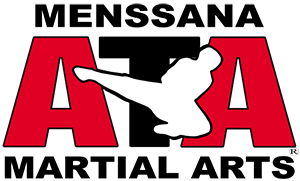
Leaders Eat Last, by Simon Sinek
The premise of this book is simple: People function most effectively when they feel safe, and the role of a leader is to foster what Sinek calls a "Circle of Safety." When people know they can rely on others within their circle, that they can trust their leader, and that everyone within the circle is cooperating in pursuit of a shared purpose, they can focus on overcoming obstacles or threats that come from outside of the circle. But if they lack that security, then they become consumed by concern about threats from within the circle and are more vulnerable to outside attacks.
Sinek argues that this dynamic is biological. Our evolutionary ancestors had to cooperate in order to survive, and if they were beset by distrust and infighting then they could not effectively fight predators, hunt prey or otherwise ensure their survival. Consequently, we developed adaptive responses to four chemicals: endorphins, dopamine, serotonin and oxytocin. The first two reward us for our work, and the others motivate us to work together.
The goal of leadership, then, is to foster an environment where people trust their peers and their seniors so that they can focus on the interests of the group instead of pursuing their self-interest. To do this, leaders must demonstrate trust in the group. They must cultivate and support people rather than being driven solely by numbers. They must be humble enough to acknowledge their own shortcomings. And they must share their knowledge and experience. Sinek offers this metaphor: "In physics, the definition of power is the transfer of energy." The job of the leader is to transfer energy to others so that new leaders emerge.


